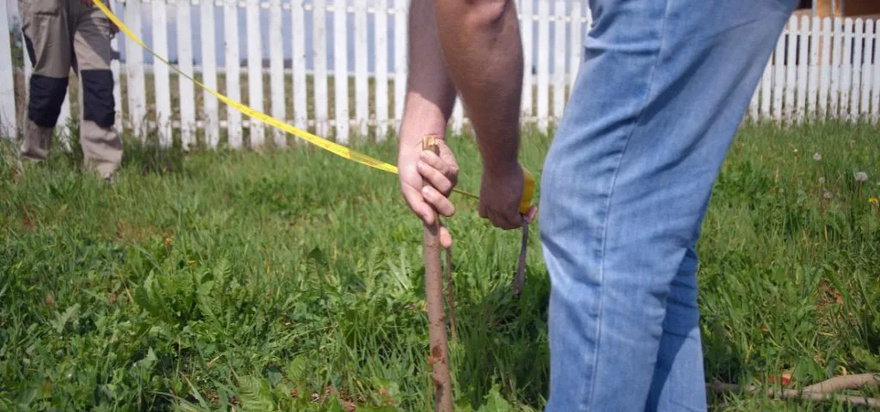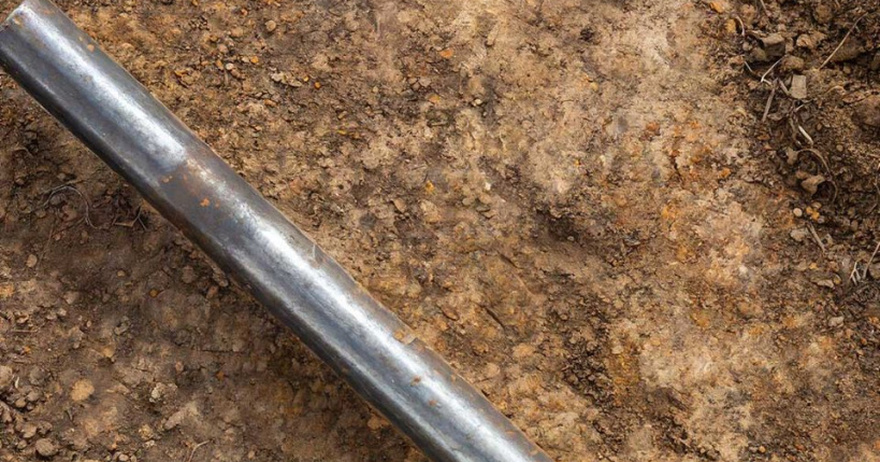Buying a home or owning land is exciting, but with it comes a set of responsibilities—and knowing where your property begins and ends is one of the most important.
Whether you’re planning to build a fence, expand your garden, or simply avoid awkward disputes with neighbors, understanding your exact property lines can save you major headaches.
Finding those invisible boundaries often comes down to locating small but mighty markers: iron stakes buried deep in your yard. Let’s walk through how to find your property lines and why those hidden stakes are the real heroes.
Why Property Lines Matter More Than You Think
Before we dig into how to locate your boundaries, let’s talk about why it matters.
Knowing your property lines helps in several big ways:
Home Improvements: Building a new shed, fence, or driveway? You’ll need to make sure it’s within your own land.
Legal Protection: Clear property lines can prevent disputes with neighbors over trees, gardens, or parking spots.
Zoning Compliance: Local laws often require building projects to maintain setbacks from property edges.
Ease of Sale: When selling your home, a clear understanding of boundaries can streamline transactions and prevent legal delays.
Simply put, knowing your property lines equals fewer problems, less drama, and more peace of mind.
Video: Lawyer Explains Property Setbacks | EVERYTHING to know about your property lines
Step 1: Start with Your Property Deed
Every journey begins with the right map, and in this case, it’s your property deed.
This official document holds critical details like:
Lot and Block Descriptions: Especially if you’re in a subdivision.
Metes and Bounds: Older descriptions that use distances and angles to describe land.
The deed might even mention those all-important iron stakes placed during the original survey.
While the language can be a little old-school and technical, it’s a good starting point to understand the rough dimensions of your property.
Step 2: Locate Your Property Survey
A property survey is your next best friend.
This detailed map—often created by a licensed surveyor—lays out your land’s exact shape, size, and boundary markers.
If you don’t have a copy at home, check with your local records office or county clerk’s office; they may have one on file.
On the survey, you’ll find references to buildings, driveways, and crucially, where those original iron stakes (sometimes called corner monuments) are located.
Step 3: Find the Iron Stakes with a Metal Detector
Now comes the fun, almost treasure-hunt part: finding the stakes.
Here’s how to do it:
Get a Metal Detector: You can rent or borrow one from a hardware store.
Use the Survey: Estimate where the stakes should be based on the distances between features like sidewalks, fences, or trees.
Sweep Methodically: Move the metal detector slowly over the ground, listening for the beep that signals metal.
Dig Carefully: When you get a hit, gently dig down. Iron stakes are usually a few inches below the surface but can be deeper if landscaping has changed over the years.
Finding that hidden iron rod feels like uncovering buried treasure—because honestly, it kind of is.
What If You Can’t Find the Stakes?

Don’t panic if you can’t locate them. Stakes sometimes get moved, corroded, or even removed over time.
If that happens, your best bet is to hire a licensed surveyor to conduct a new survey and install new corner markers.
Step 4: Supplement Your Search with GPS Apps and Online Tools
Video: Understanding Property Lines Your Essential Guide
While not 100% precise, technology can still help.
Today, many counties offer GIS (Geographic Information System) maps online, giving rough outlines of property lines.
You can also download apps like:
These apps use public property data to show boundary estimates, helping you get close before digging in.
Just remember: GPS is great for general reference but not a substitute for official markers like iron stakes.
Step 5: Mark Your Property Lines Clearly
Once you’ve found your stakes, it’s a smart move to make those lines visible—especially if you’re planning construction.
Simple flags, stakes, or even temporary fencing can help you mark the boundary areas so there’s no confusion during your project.
Step 6: When to Bring in the Professionals
If you hit a wall—can’t find stakes, conflicting information, or neighbor disputes brewing—it’s time to call in a professional surveyor.
Yes, it costs more upfront, but it can save you thousands in potential legal battles or building mistakes later.
A surveyor will not only confirm your property lines but also provide official documents you can use if disagreements arise in the future.
Conclusion: Iron Stakes Hold the Key to Your Peace of Mind

Finding your property line might seem like a minor task—until you realize how many future problems it can solve.
With your property deed, a reliable survey, a good metal detector, and a bit of patience, you can uncover the hidden iron stakes that define your piece of the world.
Knowing exactly where your boundaries lie doesn’t just protect your investment—it gives you the freedom to build, plant, and plan your future with total confidence.
Because at the end of the day, there’s nothing more empowering than knowing exactly where you stand






























